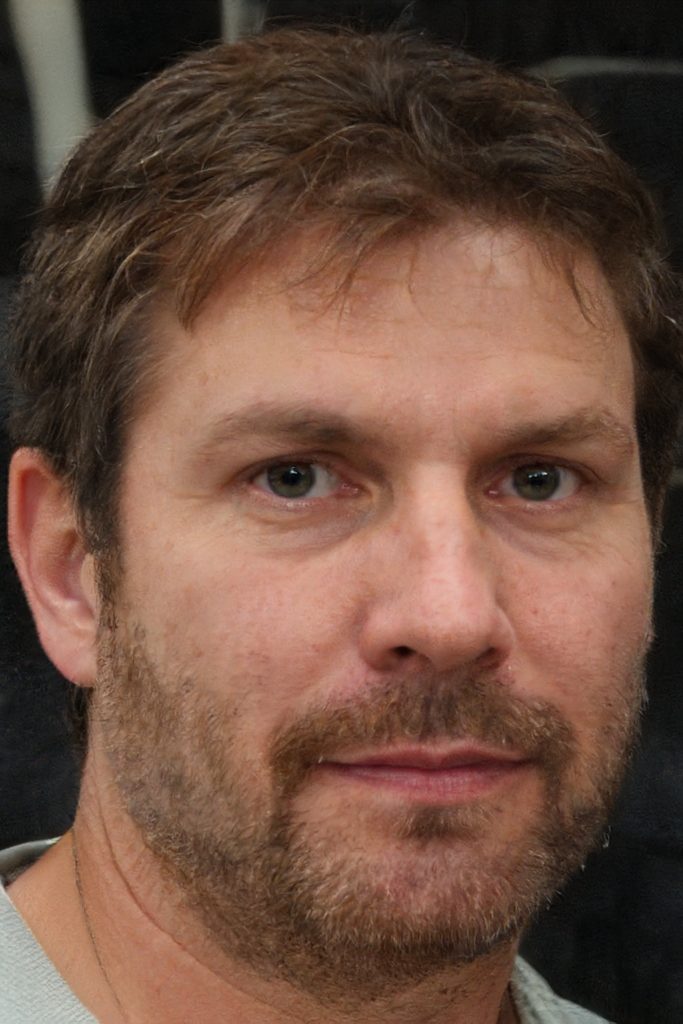Teach To One: Inside The Personalized Learning Program That Bill Gates Calls The ‘Future Of Math’
Teach to One: Inside the Personalized Learning Program That Bill Gates Calls the ‘Future of Math’
Envision a group of educational advisors and evaluators working diligently to align your child’s math curriculum with their learning goals, skill sets, and achievements. Now imagine them doing the same for every other student too, but without the need for a physical bunker. This is the reality of Teach To One: Math, an organization based in New York that utilizes algorithms and classroom-specific information to tailor daily math lessons for 10,000 students per day.
Originally developed as a pilot project within the New York City Department of Education, co-founder Christopher Rush explains that Teach To One: Math has taken a completely fresh approach. Rather than a linear progression of skills, the curriculum has been completely reconfigured into a web-like structure that encompasses year-round curriculum for each individual student.
Teach To One: Math creates personalized curricula that are not only customized on a daily basis by a team of experts, but are also designed with three-week "playlists" that outline target skills and goals for the entire year. Additionally, real-world projects, tasks, and group learning experiences are incorporated into the curriculum to provide a comprehensive understanding of the material over a two to three-week timeframe.
By utilizing intelligent algorithms, Teach To One: Math is able to define daily goals and learning patterns, presenting a tailored schedule for both teachers and students. Over 80 different learning products are used to create these schedules, including third-party resources and some developed in-house. Factors such as state testing requirements and individual student tendencies are taken into account when determining the most effective curriculum for each student. For example, if a student performs well with a Pearson product but struggles with a McGraw-Hill resource, the algorithm will prioritize the use of Pearson materials.
Time of day also plays a role in the curriculum. If students have math class after gym on Tuesdays, they may need some independent work to help them focus. On the other hand, if math follows English on Thursdays, it might be a good time for collaborative activities. Students work in the same class but often at their own pace, allowing for flexibility and adaptiveness.
This innovative approach has earned Teach To One: Math and their software high praise. Recently, Bill Gates hailed them as "the future of math" at the 2016 ASU GSV Summit.
Teach To One: Math works closely with teachers to determine the scope and sequence of the curriculum. A projected daily plan is delivered to teachers by 4:30 p.m. local time each school day, giving them an hour to negotiate any necessary changes. Although there were initially many changes to the curriculum, years of experience have made the process more efficient. Currently, only about 10 changes per day are made across the network, which serves over 10,000 students.
The responsibility for learning is shared, according to Rush. Each student has specific learning targets that can be tracked through an online dashboard accessible to parents, students, and teachers. If a student falls short of the expected mastery of certain skills within a specific timeframe, their grade will reflect that. To support students, each one is assigned a math advisor who not only teaches math but also monitors their schedule and intervenes as necessary. Rush explains that they aim to back up teachers and identify patterns to ensure success.
The program also includes built-in alerts, with dedicated staff members monitoring student progress and checking algorithm-generated plans at each school.
Initially focusing on sixth and seventh grades due to the high demand, New Classrooms has expanded to include fifth and eighth grades. The program now covers math from second grade through high school, with hopes of branching out into all grade levels and potentially adding a science curriculum in the future.
While there is a cost to schools that vary depending on the level of support services included, grants often cover this new method of teaching. Columbia University professor Douglas Ready suggests that this approach leads to a 15% improvement above the national average in the first year and a 47% improvement in the following year.
Rush emphasizes the need for continuous monitoring and growth at New Classrooms so that personalized instruction can be provided in any school setting. In 2015, the Teach To One: Math program expanded across all four time zones, a significant milestone that demonstrates its effectiveness.
Receive stories like these directly to your email. Subscribe to Newsletter to stay updated.


